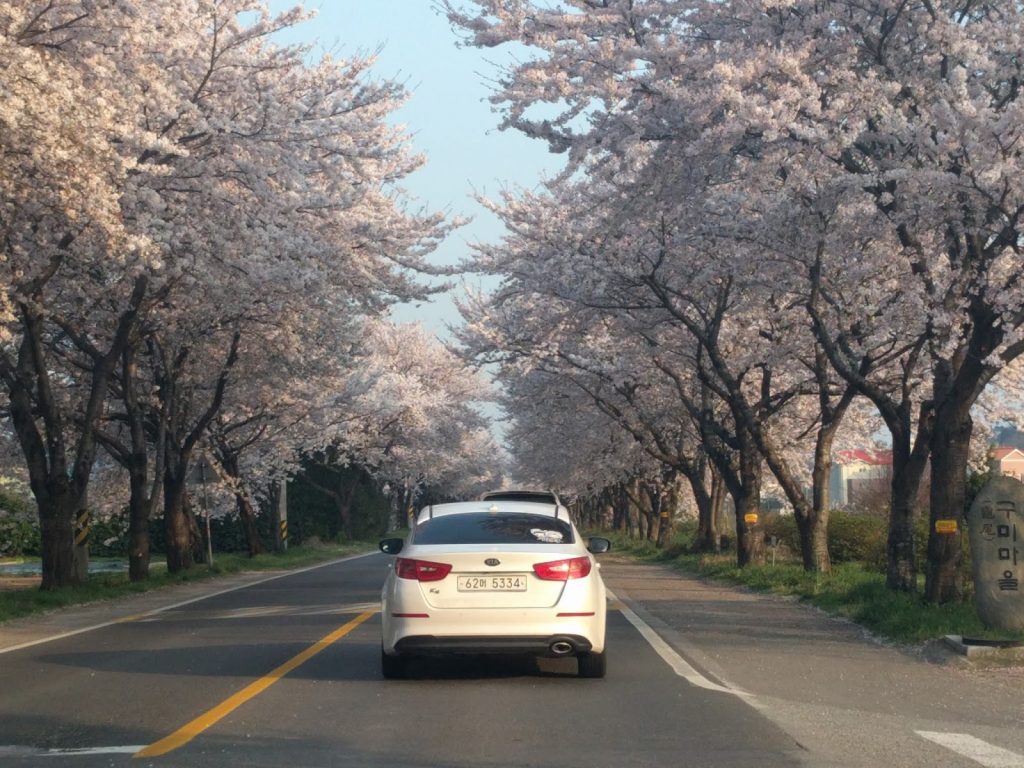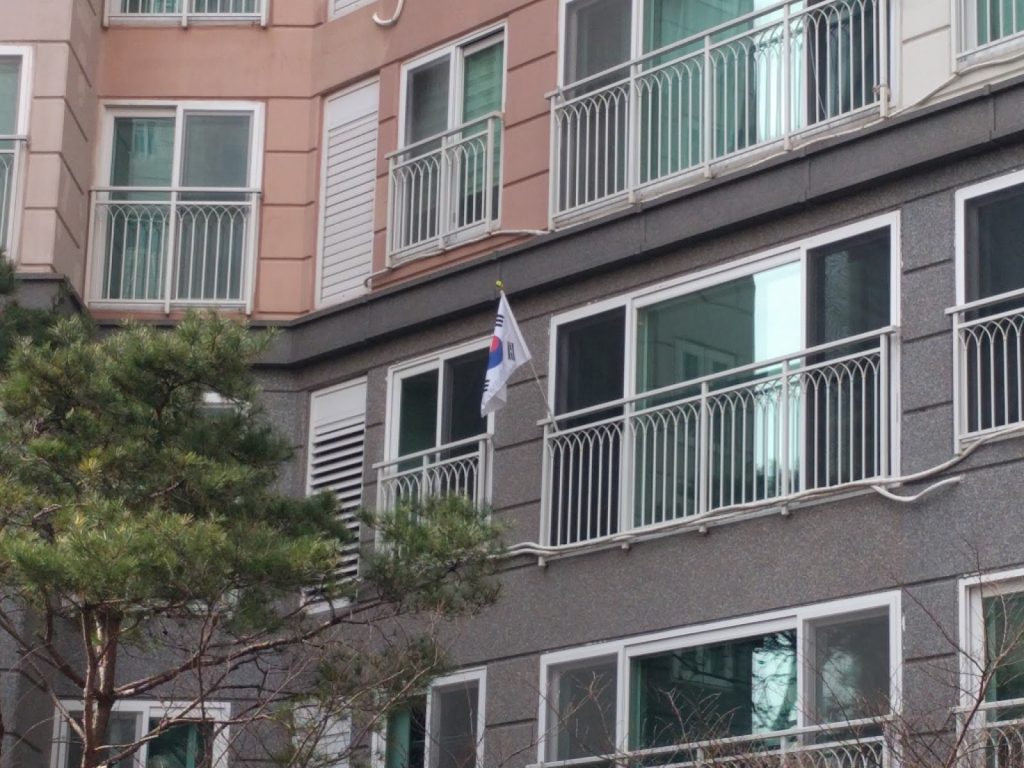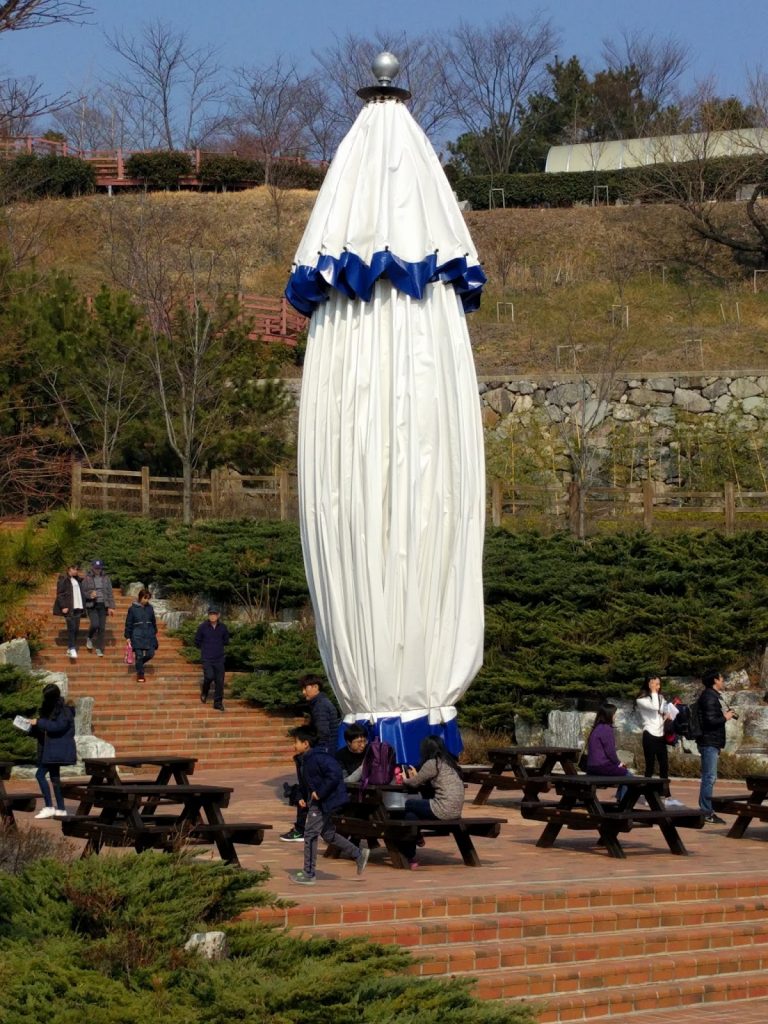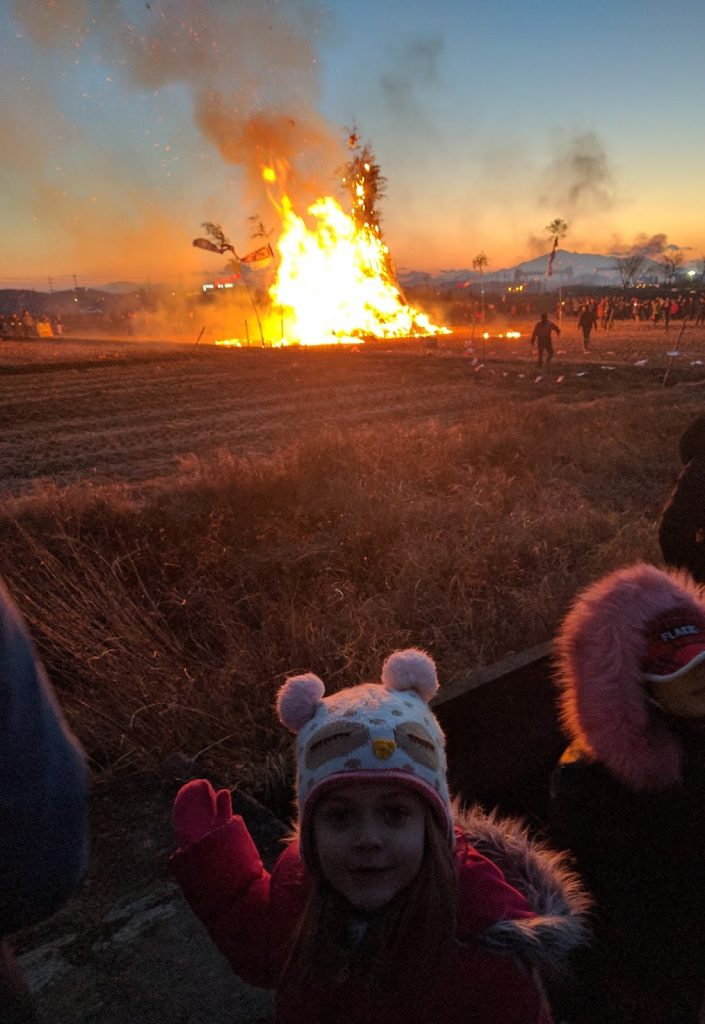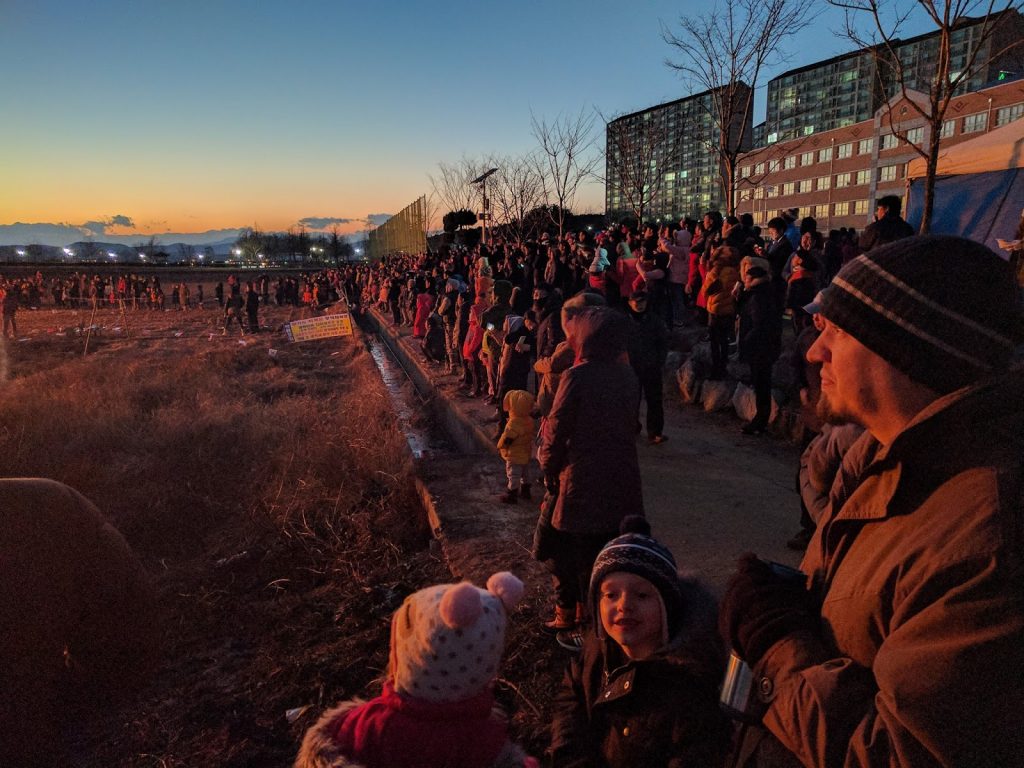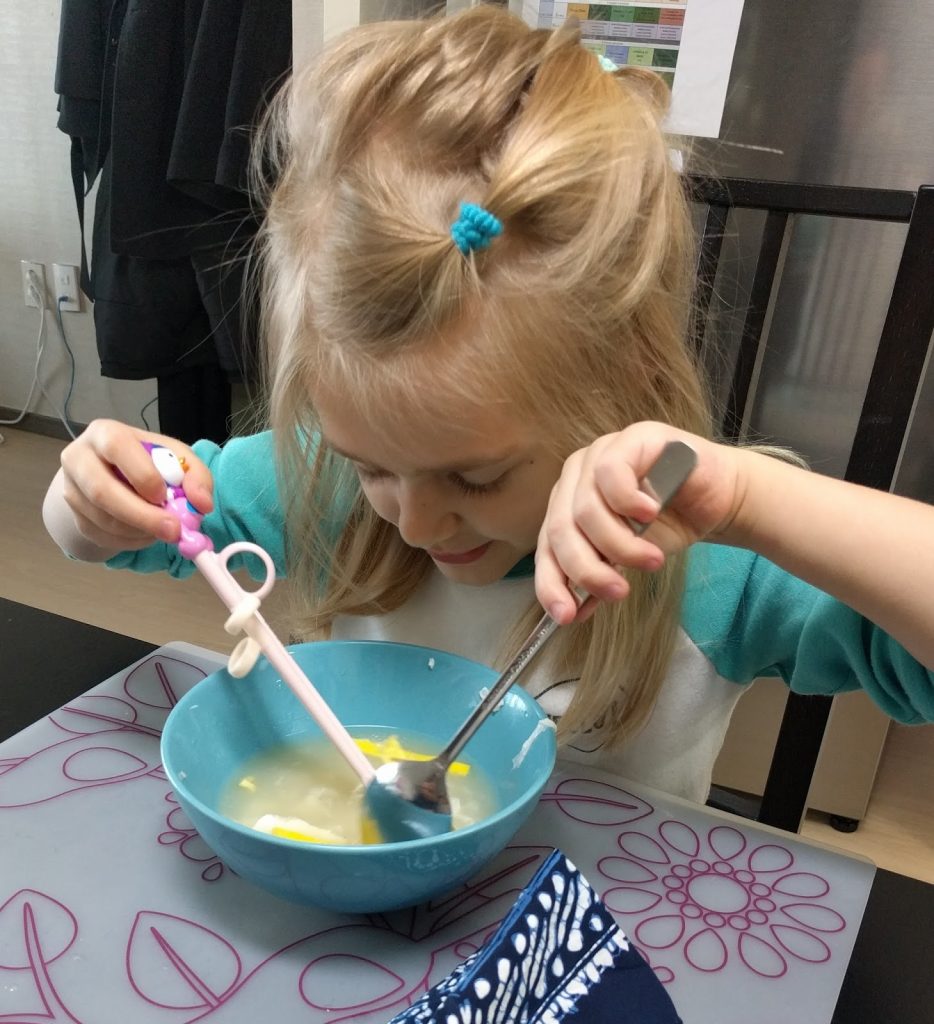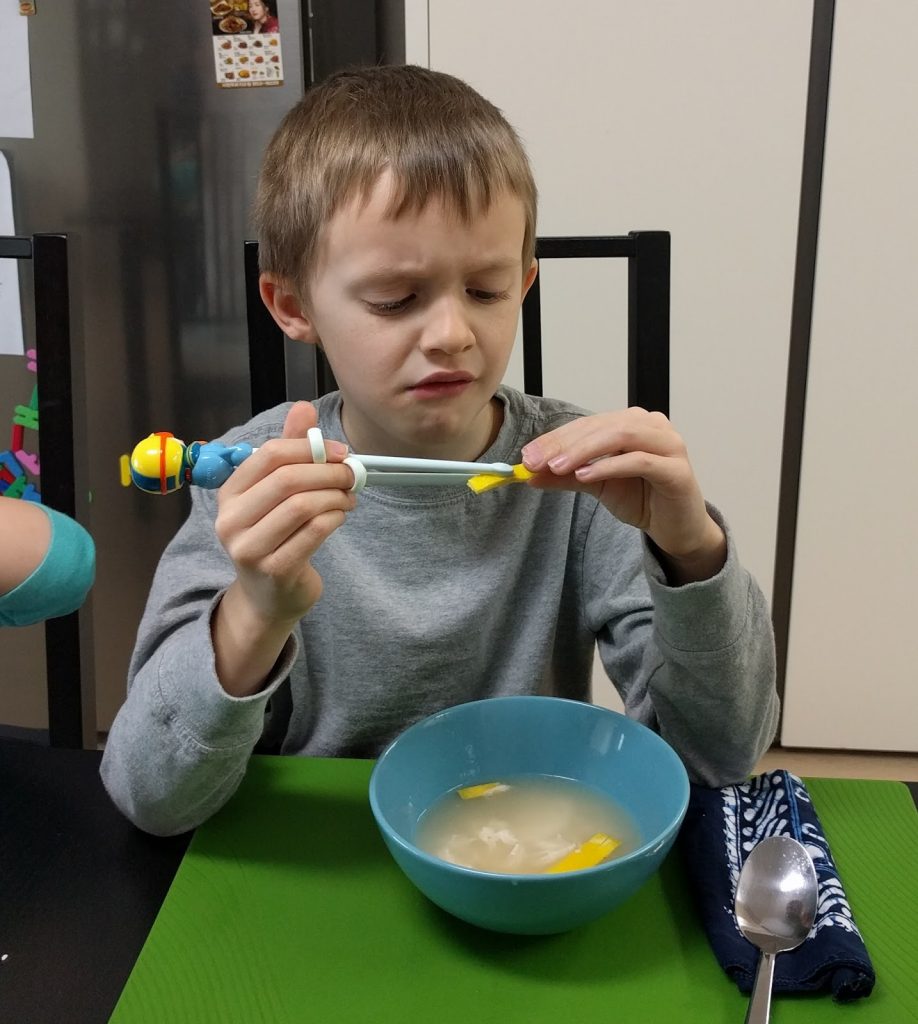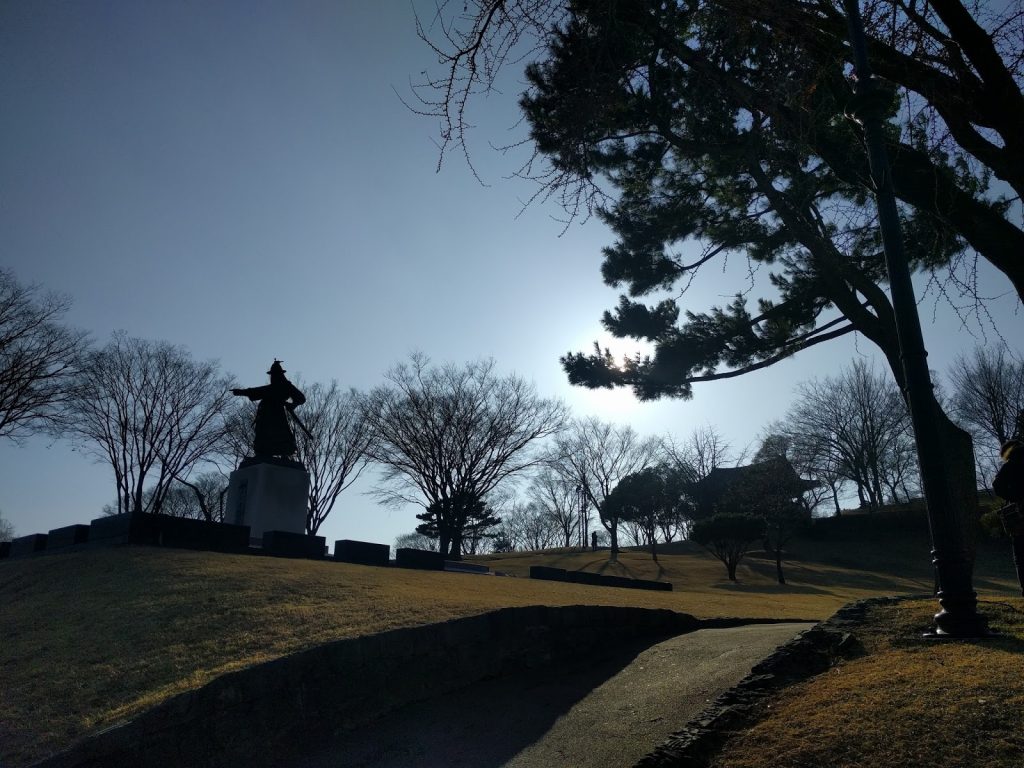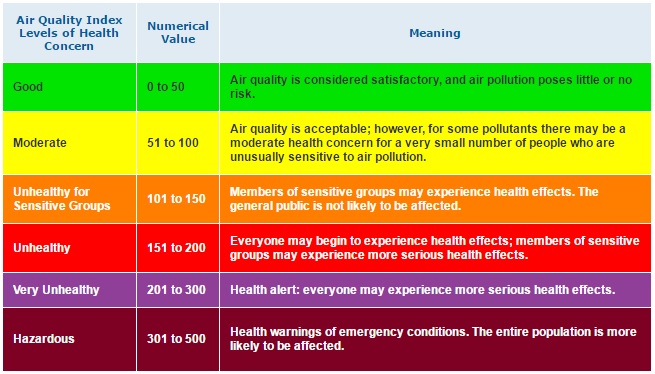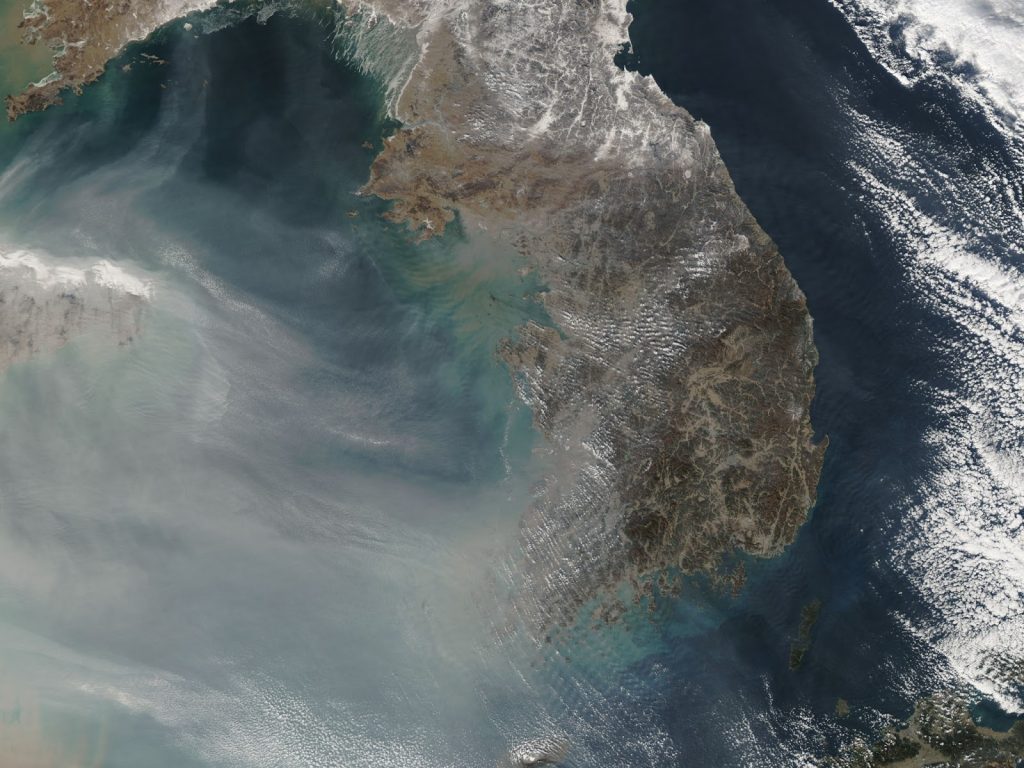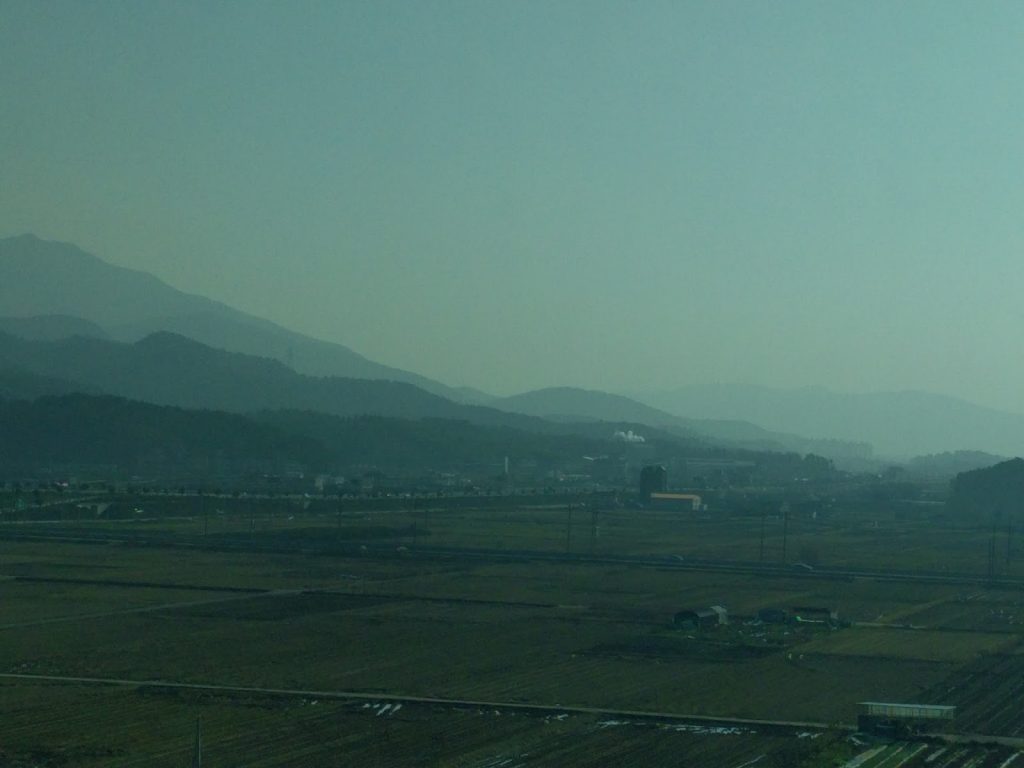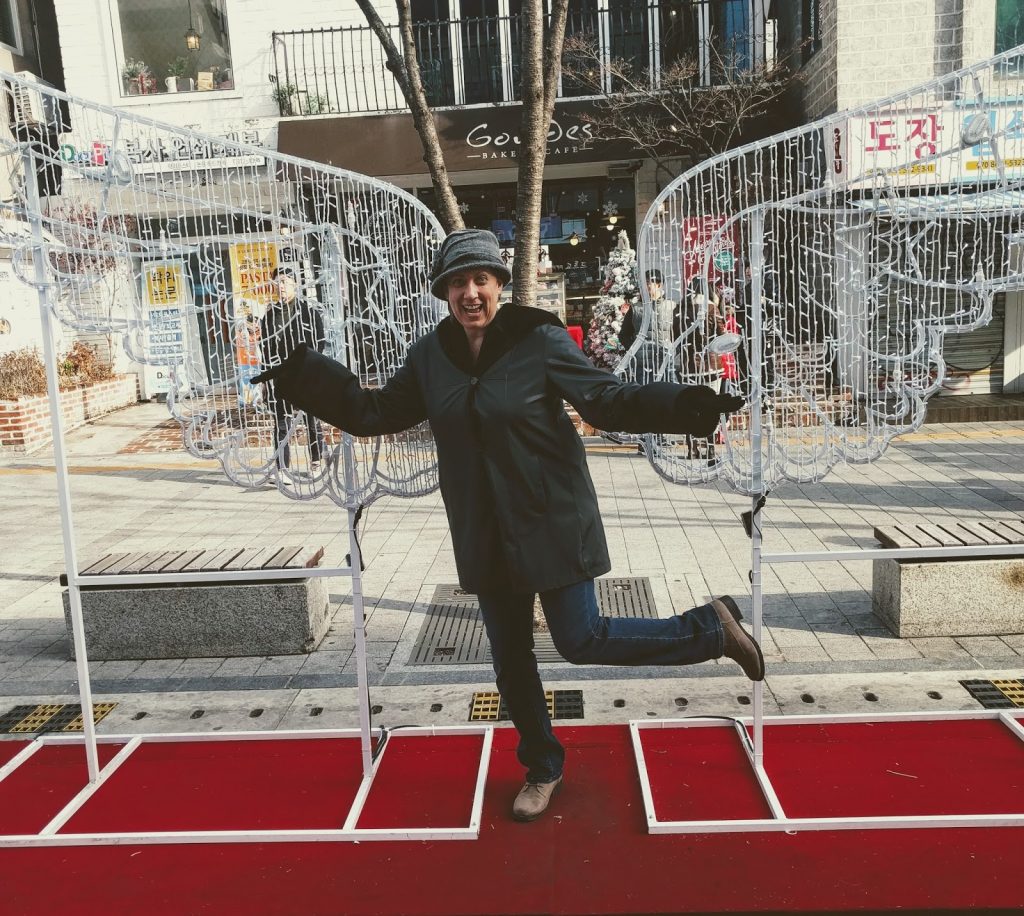
My apologies for not updating in the past month. I spent much of April swamped with sick kids or sick me or, often, both. Even Aaron got in on a bit of the action.
The week before we left for Japan, the kids recovered from a double ear infection and tonsillitis (Lena) and an ear infection (Connery). Connery and I came down with another cold in Japan, and returned home with it. Just when we recovered from those, Connery caught a tummy bug. Then Lena came down with a cold and a double eye infection. Then Connery and I got the cold/eye infections. Then mine turned into bronchitis. Connery and I had not fully recovered by the time we went to Bangkok (yes, we wore masks on the plane), but were mostly over it by the time we returned home. Then Connery’s came back again.
Ugh.
It’s been pretty much this nonstop since both kids started school in January, and we’ve worn down a path from our apartment to the local clinic. (I’ll post more about Korean healthcare later.) Thankfully, we have all recovered and are all currently healthy. I’m being extra diligent with the neti pot, vitamins, and making sure everybody gets a full night’s sleep. Lord willing, we’re past the worst of it, now that winter is done and school will be wrapping up in the next few weeks (well, Connery’s school anyway).

In between bouts of sickness, we managed to do a few activities in April.
First was a visit to Seonjin-ri Fortress to view the cherry blossoms. The fortress is only a couple miles southwest of our apartment and, judging by the pack of buses in the parking lot, it seems to be a well-known spot for cherry blossom viewing. The road from the highway to the fortress is lined with cherry trees, and the entire fortress is covered with cherry trees. It was quite beautiful.


The evening we visited, there was a small festival set up in the parking lot of the fortress. Singers and bands were performing, vendors were selling everything from kitchen mitts to toys to nuts to large packs of seaweed (Aaron bought a head lamp), food vendors set up tents for Korean BBQ and others were selling waffles (kids tried) and corn dogs (Aaron tried), there were games (Connery did well) and even a large swinging boat ride (kids refused).

Because our neighborhood is a foreign investment zone, there are a number of foreigners around and I think the local Koreans are accustomed to this. So, I tend to forget that a lot of Koreans, especially down here in the countryside, are not used to seeing foreigners. In particular, foreign kids. Consequently, among the many Korean sight-seers visiting Seonjin-ri, our children were very popular. Those with kids asked to take pictures of their kids with our kids. Those without kids smiled and waved and said “Hello!” and commented on Connery and Lena’s hair/eyes/attractiveness. At one point, we asked a couple to take a family picture of us with our camera. Our camera. And yet somehow it quickly turned into a paparazzi-esque situation where a crowd of people gathered around and everybody started taking pictures of us with their cameras. Granted, the kids were being extra cute trying not to squint in the sunlight, but still… it was kinda weird.
Really, I can’t complain too much about unwanted attention, because Koreans generally are extremely friendly and helpful and even the grumpiest-looking ajumma will blossom into a springtime garden at the sight of one of Lena’s kindergarten-trained greeting bows (feet together, hands together on belly, a full 90° bow).
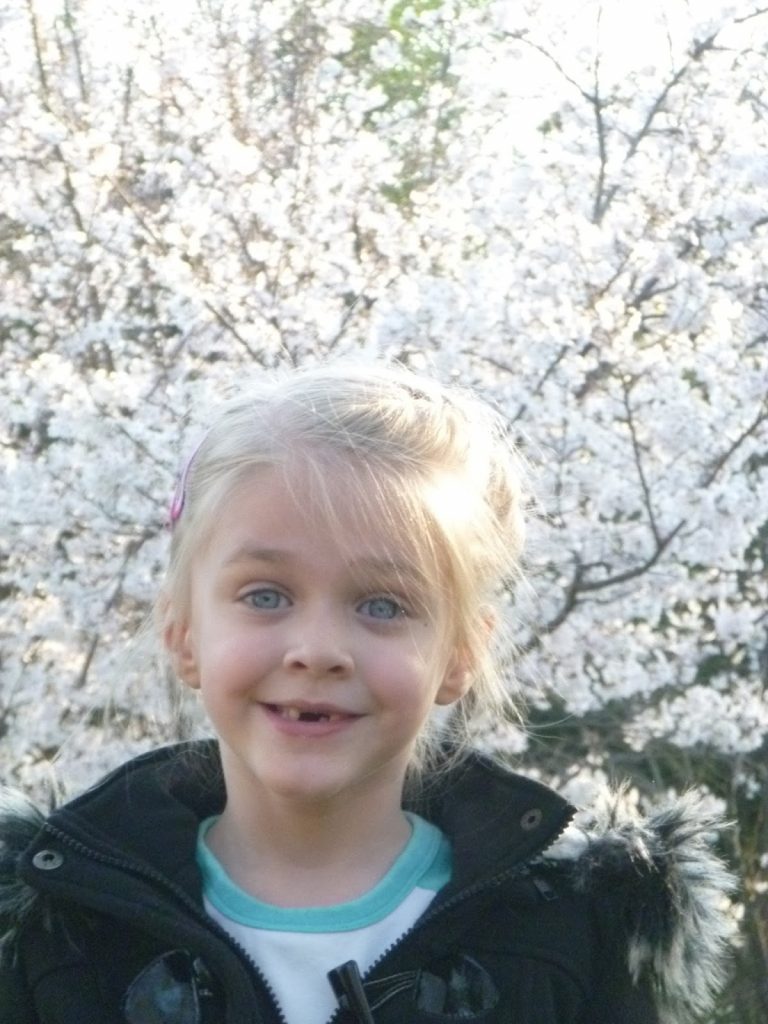

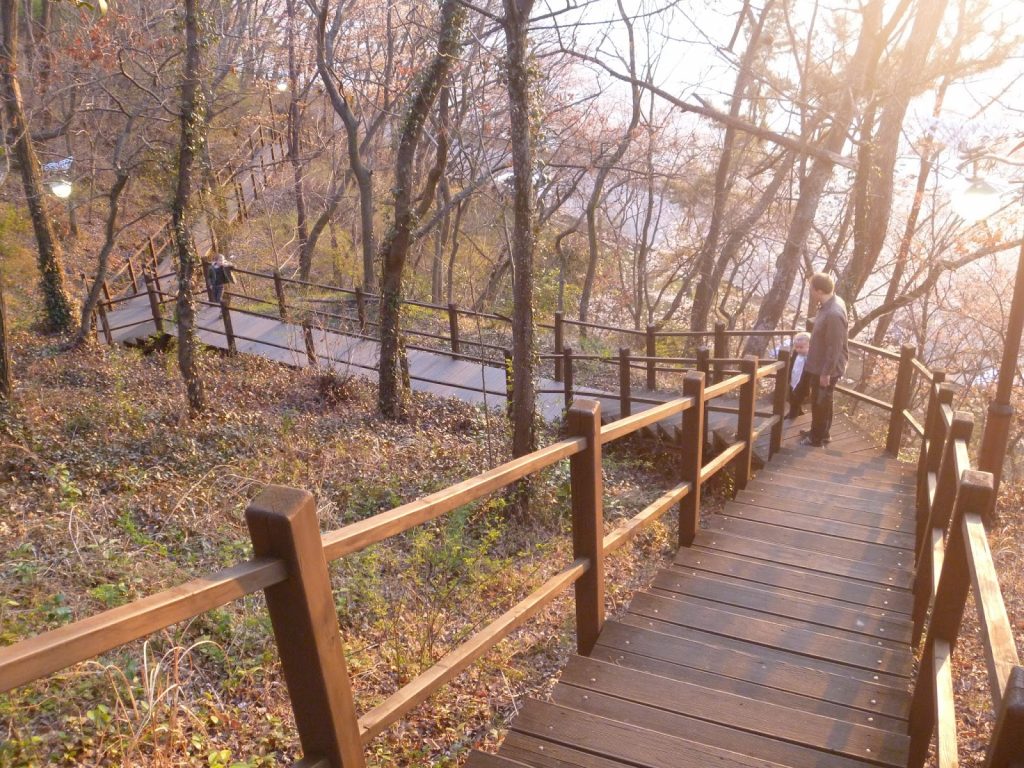
Fun fact #1: Seonjin-ri Fortress is said to be the place where Admiral Yi Sun-Sin built his infamous turtle ships in the 1500s. The ships were first used in combat at the Battle of Sacheon in 1592, when Admiral Yi didn’t let a bullet to the arm stop him from decimating a vastly overpowered Japanese naval force. What is a turtle ship? Despite the cute name, turtle ships, or geobukseon, were ingenious and fearsome armored boats (the world’s first armored boats, in fact) designed by Admiral Yi specifically to combat invading Japanese warships. Since the Japanese used ship-to-ship boarding as a battle tactic, turtle ships were covered with a spiky metal shell, making it impossible for anybody to board them during combat. There were oars in addition to masts and sails in order to increase speed (for brief periods) and maneuverability (they could turn on their own radius), a dozen cannons on each side, two more in the front and back, an underwater battering ram for close combat, and as if this wasn’t bada** enough, they also had a dragon head on the front of the ship that would release toxic smoke and shoot flames. Turtle ships played a key role in helping Korea repel the Japanese invasions, and they remained in use until the 19th century.

Fun fact #2: Of all the American foods to adopt… apparently, corn dogs are a thing here. I noticed a lot of fancy versions being sold by street vendors when we were in Seoul: bacon-wrapped, potato-wrapped, seaweed-wrapped, etc. I’ve seen shops selling them at highway rest stops, at festivals, and just this month a new corn dog shop opened in our neighborhood. I’ve always hated corn dogs, mostly because the corn bread wrapping is so fake and gross. But in Korea, they use a more pancake-y wrapping, and it’s surprisingly good!

Now that the weather’s warming up, we’ve explored some of the nearby parks and walking trails. I seriously regret not bringing my bike to Korea. I may have to go buy one, because the gorgeous temperatures and all this pretty green stuff everywhere are just begging me to come out for a leisurely ride. Beyond Connery’s school is a nice big park with a pond and a stream and a fountain and picnic tables (Korean style) and paths through the woods and a big grassy field and sport courts. All it needs is an ice cream/froyo shop to be truly perfect.

On Easter weekend, the expat community here held a picnic and Easter egg hunt in a local park. We mistakenly thought it was the nearby fancy park, so just walked over carrying our potluck contribution and (Aaron’s) beer. But, alas, it was the park beyond the fancy park. And you know how sometimes things don’t look that far on a map, but then you start walking and you keep walking and walking and, oh my goodness, how much farther is it now?? And I totally didn’t wear the right shoes for this. And for pity’s sake, Lena, stop whining!
In the end, I think it was a bit much for the little girl, as she came down with her double eye infection/cold a few hours later. (Bad mom…)
Anyway, it was an enjoyable picnic. We got to meet some new people. Somebody brought homemade cinnamon rolls! A bunch of the international school teachers were there, so the games and egg hunt were super well organized and equitable. My kids got a bunch of chocolate, which Aaron and I not-so-equitably plundered once we got home.


Given the lovely weather (occasional Yellow Dust storms notwithstanding), April is also the month of school field trips. In Lena’s kindergarten, they are called “Forest Walks.” I chaperoned Connery’s field trip to a local science museum and the arboretum. His class also went to the fortress to see the cherry blossoms and took a walking field trip to the weekly neighborhood street market. Lena’s school doesn’t take parent chaperones, but her class also visited the arboretum and took separate trips to a local park and to the climate school. There are other field trips throughout the year, but it seems like they really ramp it up in April.
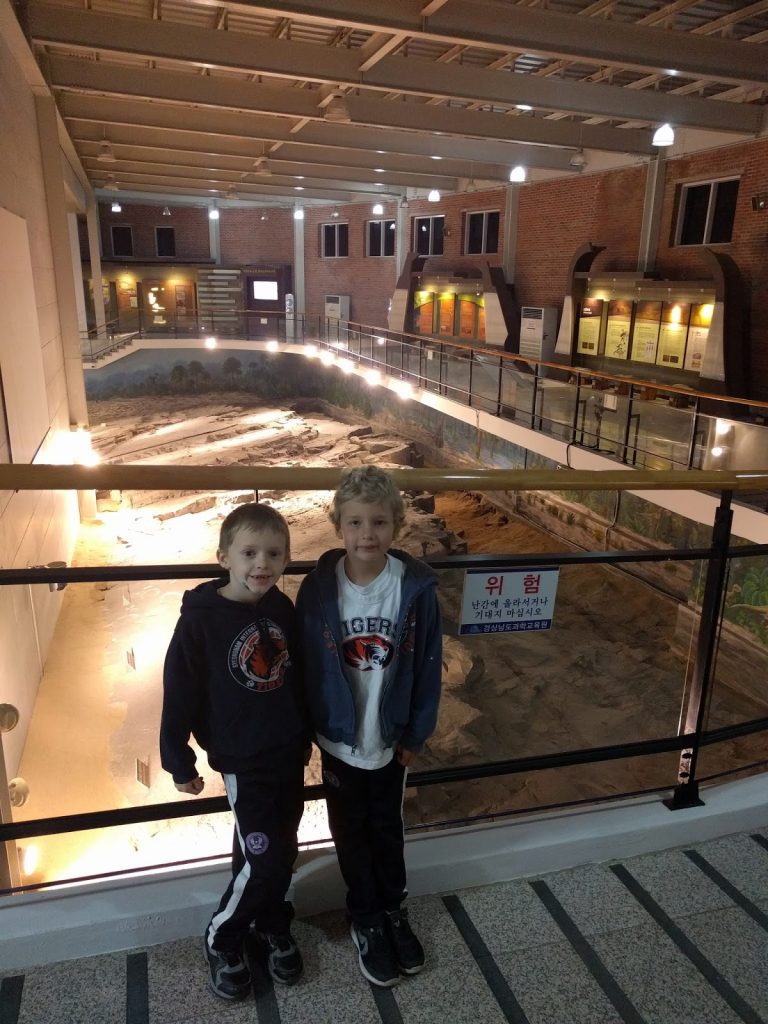
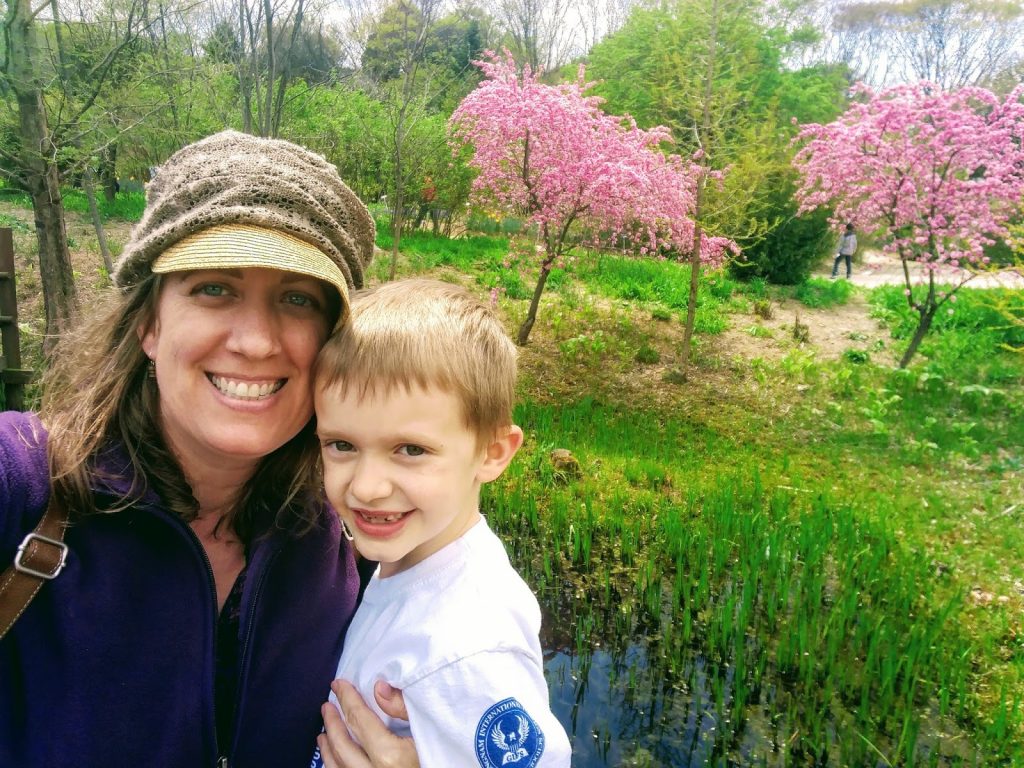
Fun fact #3: We’ve been fortunate to have only one Yellow Dust storm so far this season. It came in the weekend before last and was supposed to last all week, but a big storm came in midweek and seemingly cleared the air. What is Yellow Dust? Yellow Dust, or hwangsa, is a dust storm that begins in the deserts of Mongolia and northern China, but due to wind patterns and meteorological conditions, grows to ridiculous sizes and blows across most of China, Korea, Japan, and parts of eastern Russia before finally blowing out to sea. (Although particulates have blown as far east as the US.) It is as if a dust storm in Phoenix grew in size and intensity to cover all of Arizona, Utah, Nevada, and California before blowing out to Hawaii. The phenomenon is ancient, and appears in records thousands of years ago. However, hwangsa has worsened in the last several decades, becoming bigger, lasting longer, and occurring more often throughout the year (not just in spring) because of climate change, desertification, and the loss of trees in northern China. And in addition to the large particulates, these storms now pick up industrial pollutants, chemicals, and even viruses and bacteria from China, making them toxic dust storms. I’m sure you can imagine the effect this has on people’s health, farmland, wildlife, and marine life and corals. Perhaps, if this trend continues, we’ll begin to see more of these particulates showing up in the US? Something to keep in mind the next time you buy that cheap whatever made in China.
